
Jigs are interesting flies and very popular in some parts of world, and the French have developed an entire style of fly fishing, called French nymphing, which revolves around small, heavily weighted flies – often tied on jig hooks. The Spanish competition teams had great succes with their style of jigs called Perdigon flies, which I think originally were tied on normal hooks, but now often are tied on jig hooks.
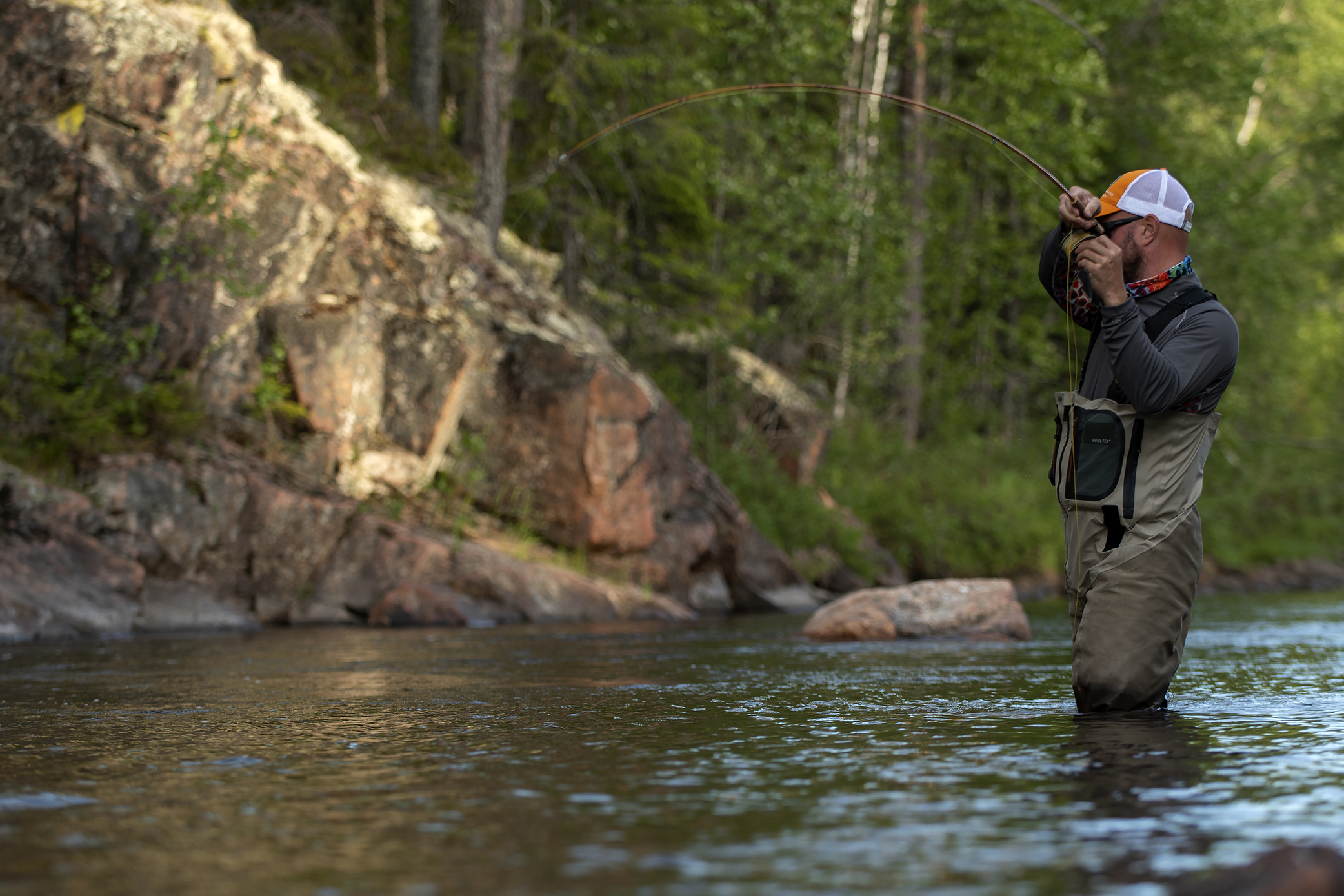
There nothing new about small, heavily weighted flies and their ability to catch fish. The modern jig flies all have two essentials in common – the jig hook and a (slotted) bead. The jig hooks are an essential part of these flies. When weighted correctly with a slotted bead the hook not only rides hook-point up, but also hook-bend up, so to speak.

The slotted bead is necessary because it allows the bead to go around the hook bend first, but more importantly around the tight bend behind the hook eye that defines the jig hook. This lets the bead sit snug against the hook eye, and that’s important to the hook-point-hook-bend-up feature.
Often jigs are tied very slim – sometimes with only a tail and a two-tone thread body, covered in varnish or UV-resin. The slim fly offers very little resistance in the water, and fished on a thin leader, these small flies have the ability to sink very fast. This equally important on big rivers with fast current as it is in smaller rivers and streams, where it’s important to get down in a pocket fast before the fly is washed downstream.
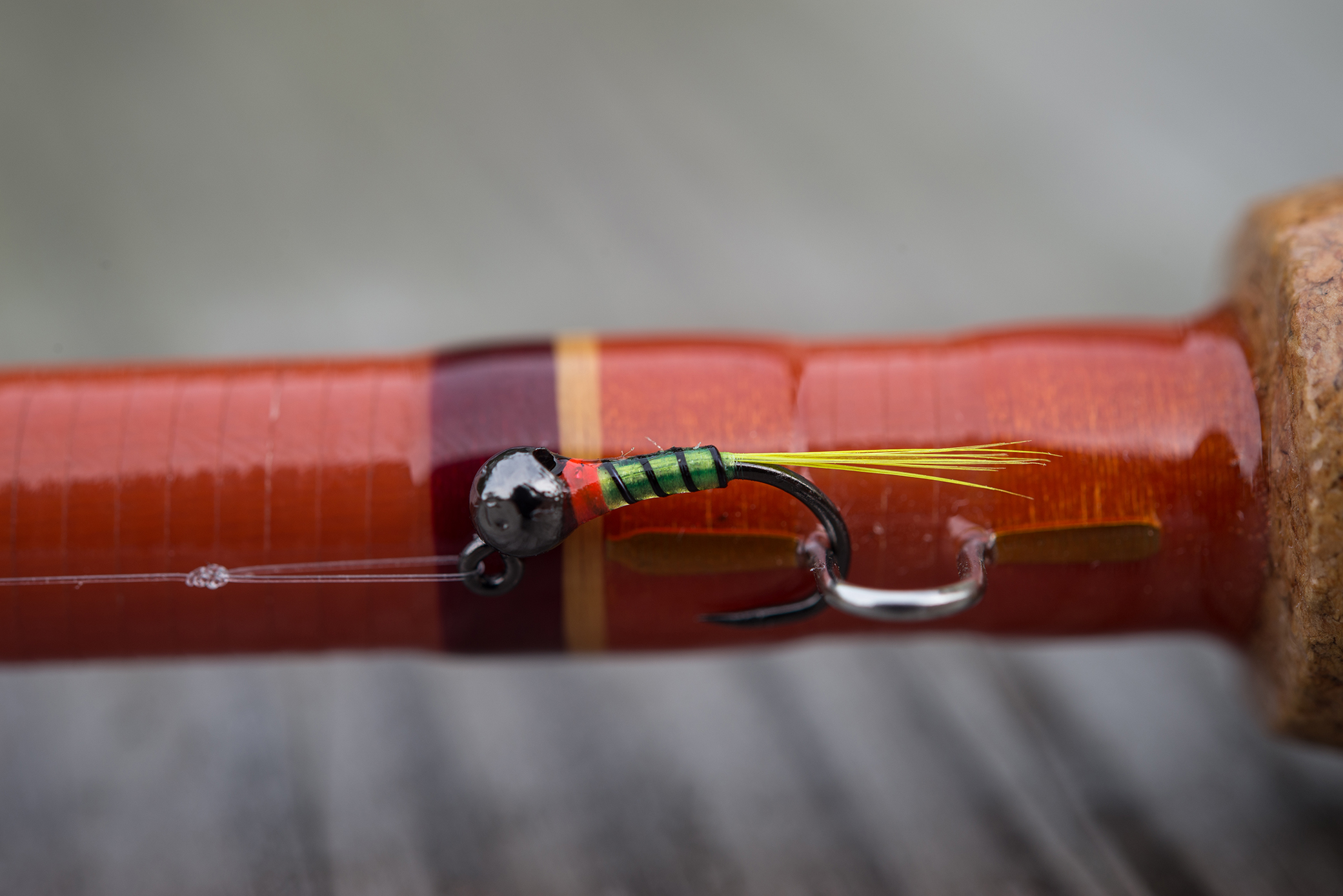
Jigs don’t have to ultra-slim and sparsely dressed. I like to fish a more natural looking fly and make a red or orange collar just behind the bead as a strike point. This style of jig does well in rivers and streams as well as in still water.
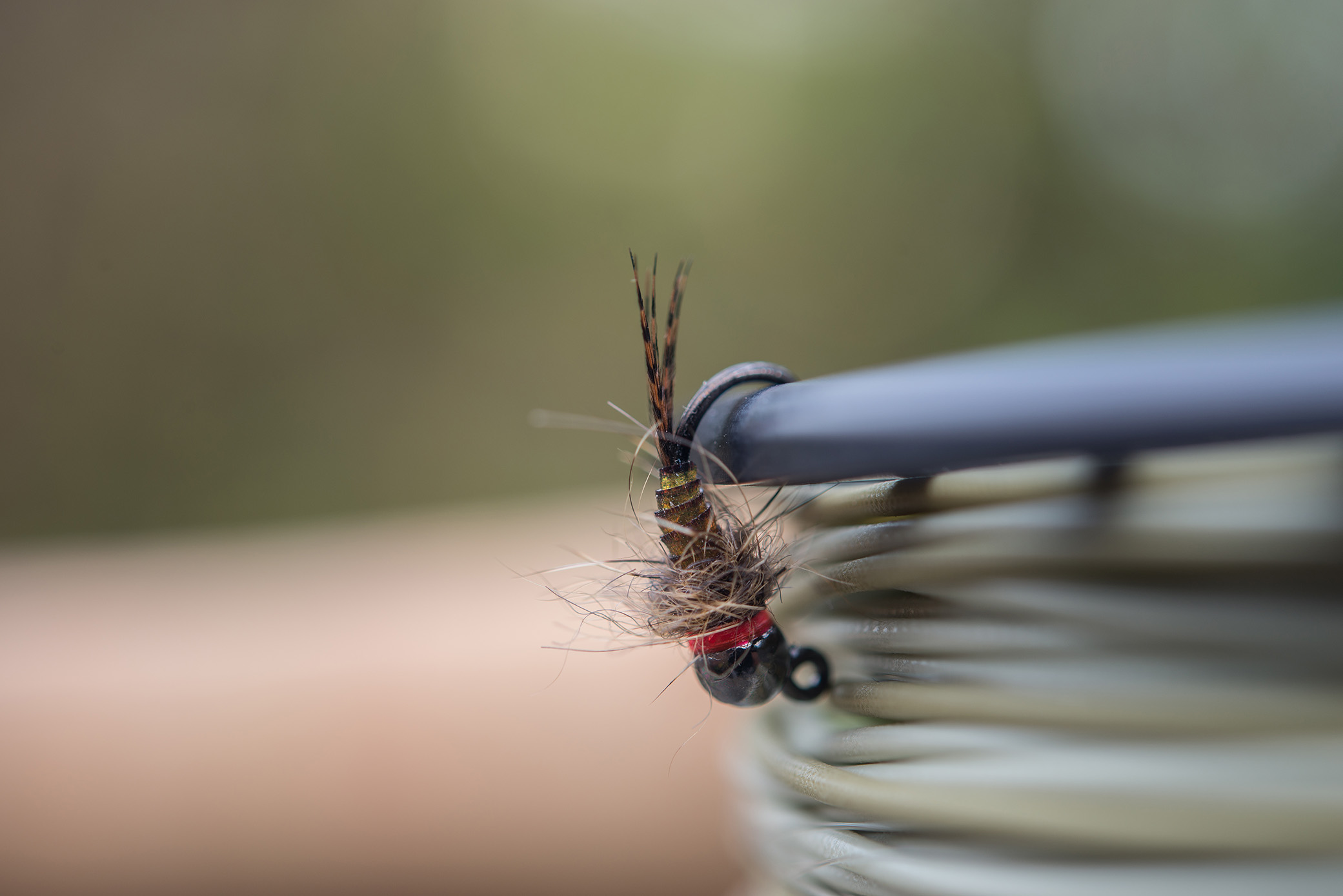
This style of tying doesn’t sink as fast, but offers just a little more life and a more natural looking alternative.
The upside-down feature of the flies is important as they are designed to be fished deep. This means snags are common and in fact important as they let you know you’re fishing near the bottom. This does of course mean that you will lose a fly every now and then. That’s why the dressings are usually kept simple.
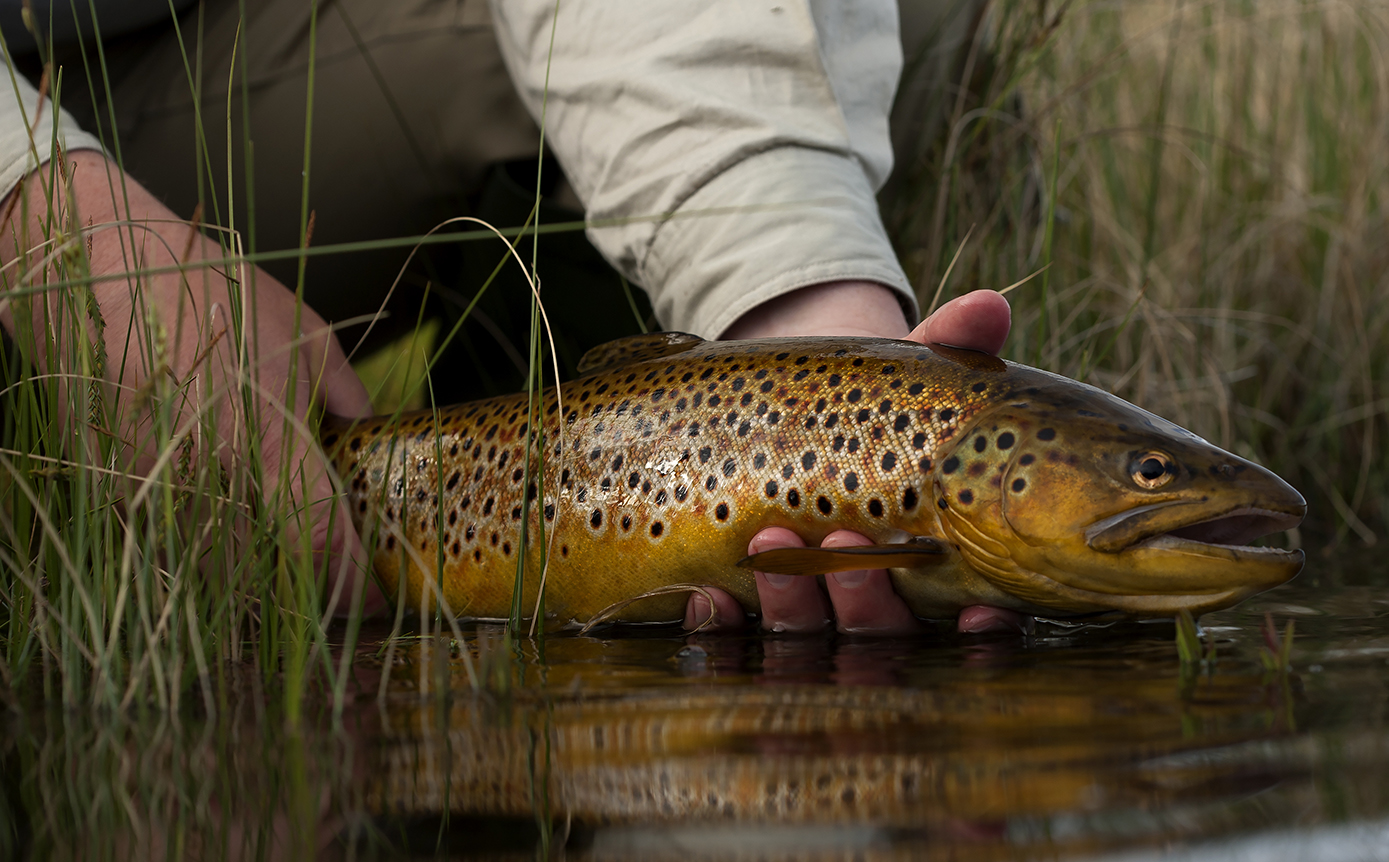
They’re often fished in teams of two, or one jig in combination with another nymph. The distance between the two should be set according to the river. Small river – closer together, big river – further apart. In the smallest of streams I sometimes fish two jigs only 25cm apart. They do well both dead-drifted downstream and retrieved in short twitches across the current.

The Ahrex 550/551 Mini Jig hooks had to be a part of the Ahrex Freshwater family.
I can already hear some of the predator-fishers say, “Yeah yeah, all that’s good and well, but I have no use for minute flies – even if they do ride hook-point-up!” Well, then have a look at the Ahrex PR 370 or PR 370, which we designed so big predator flies also get the chance to swim up-side-down.
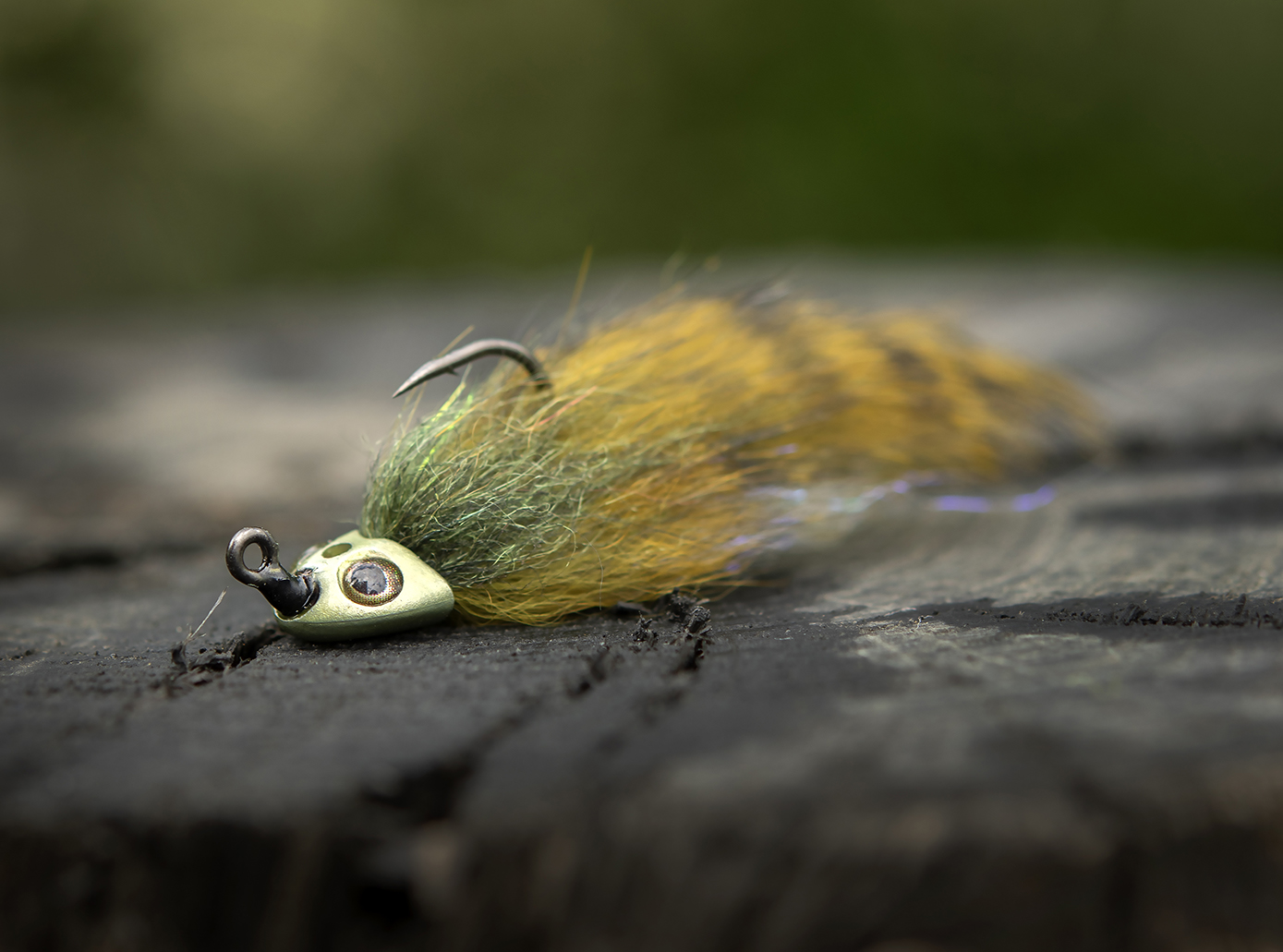
Lars
